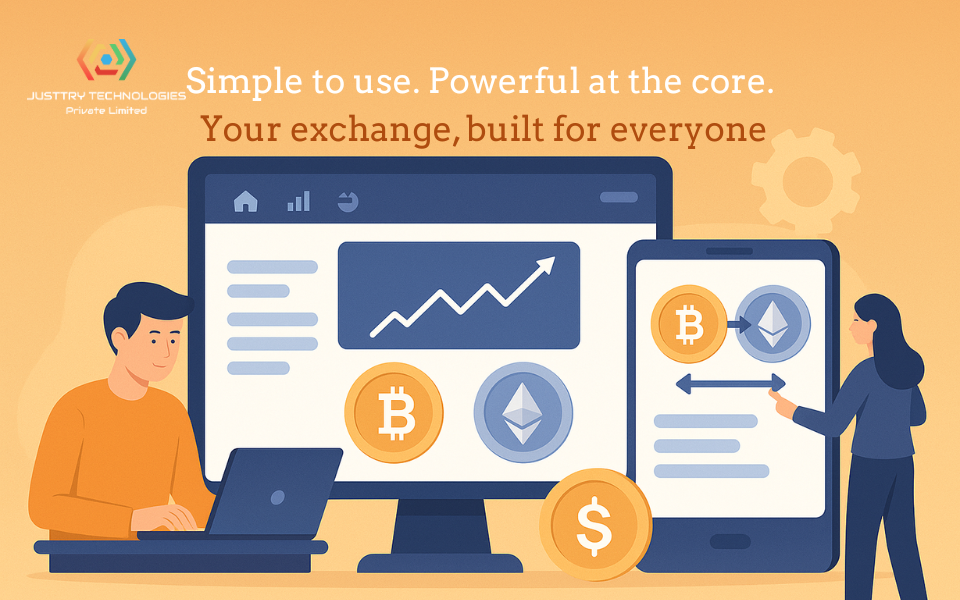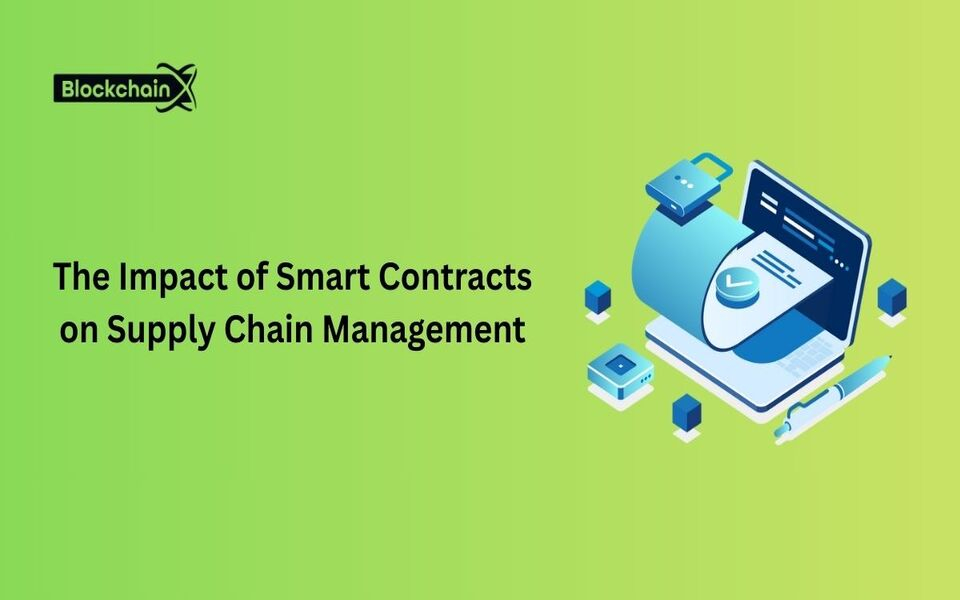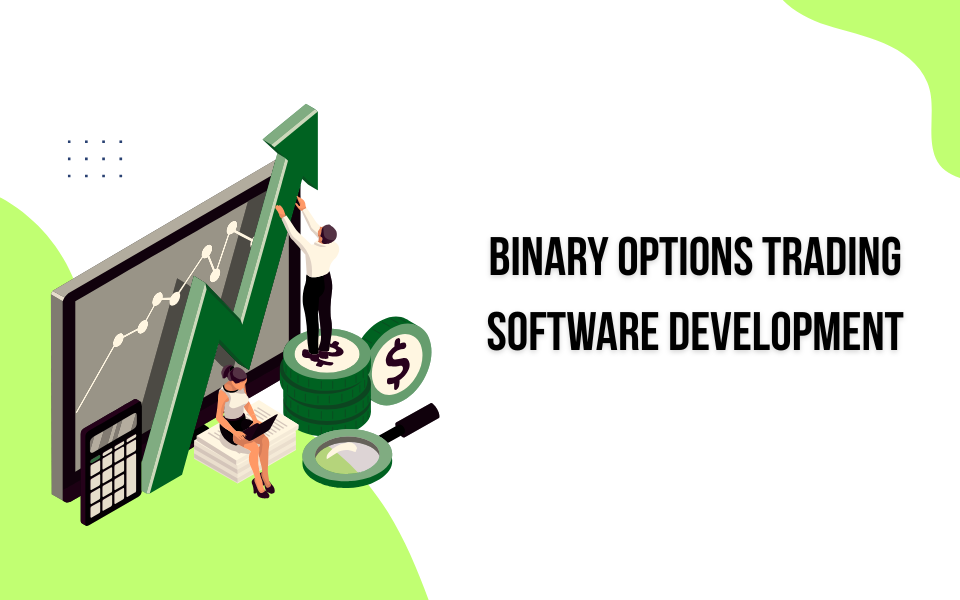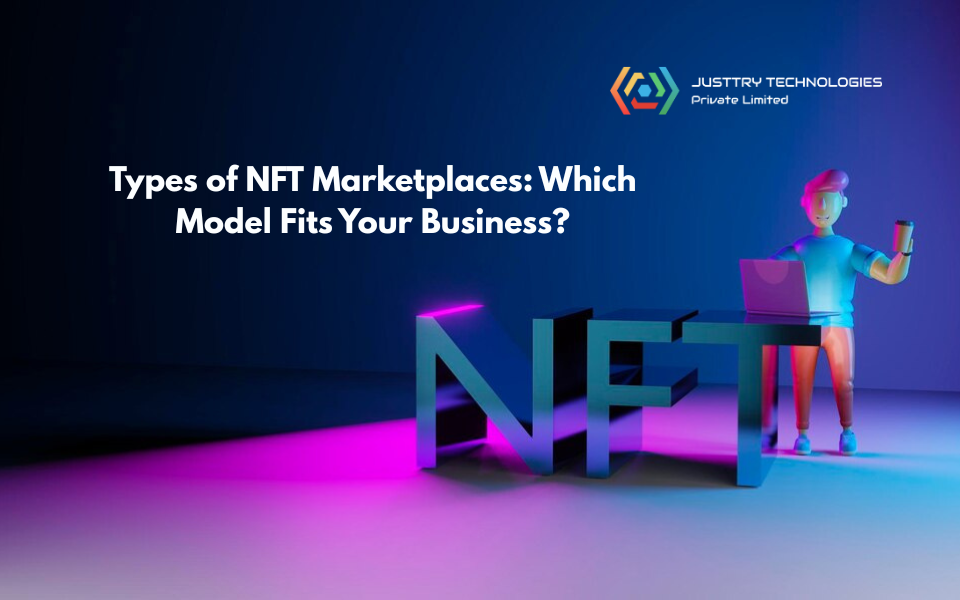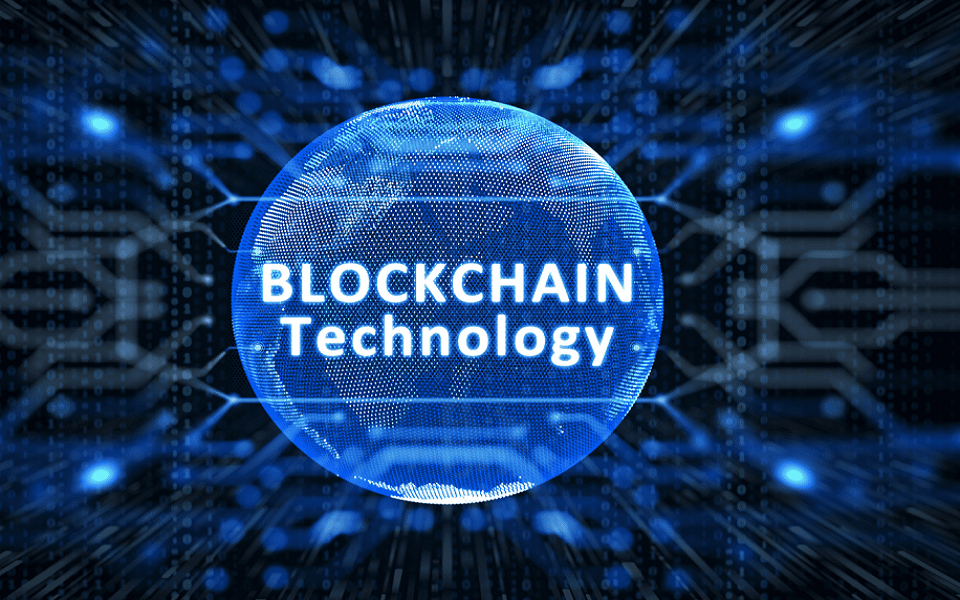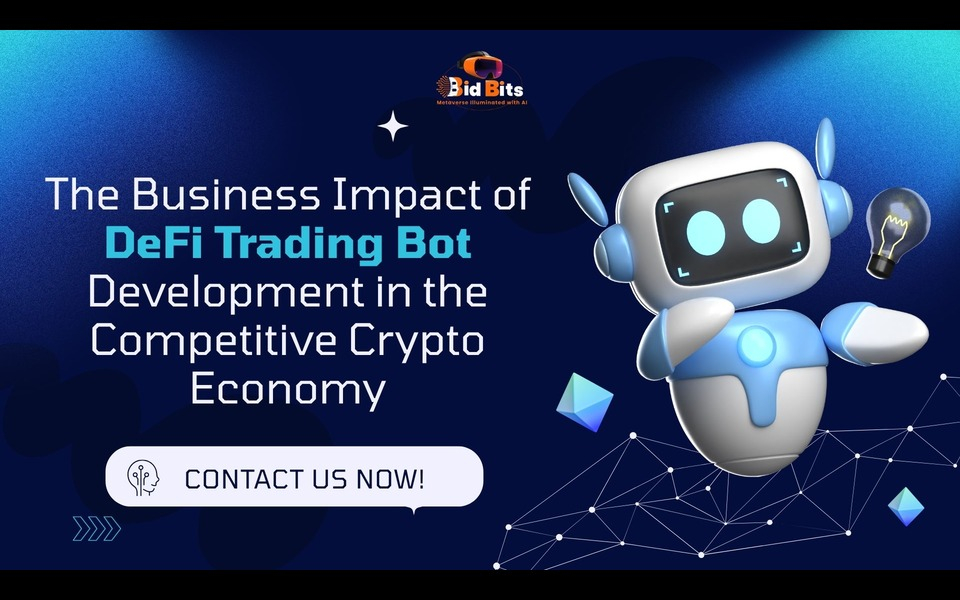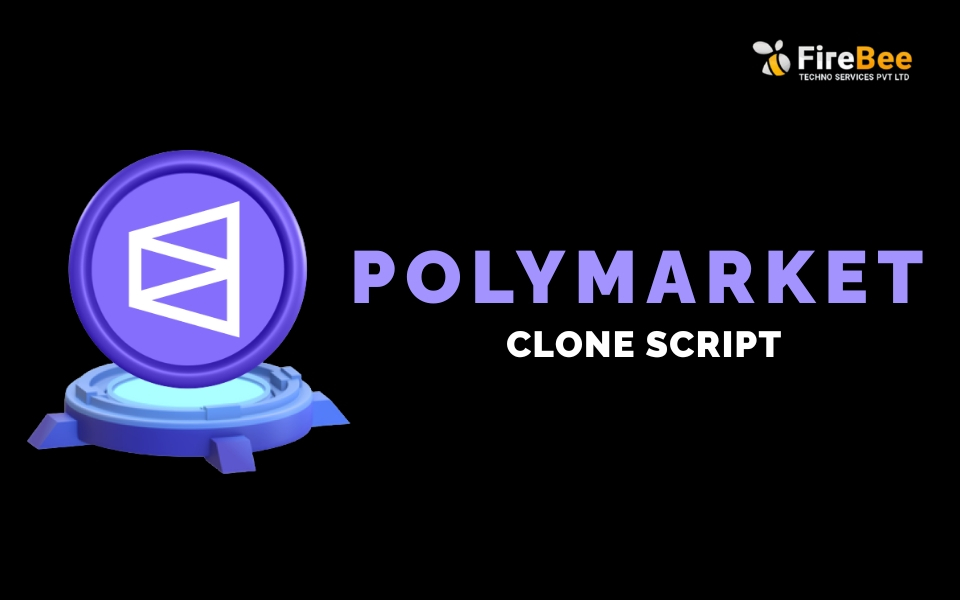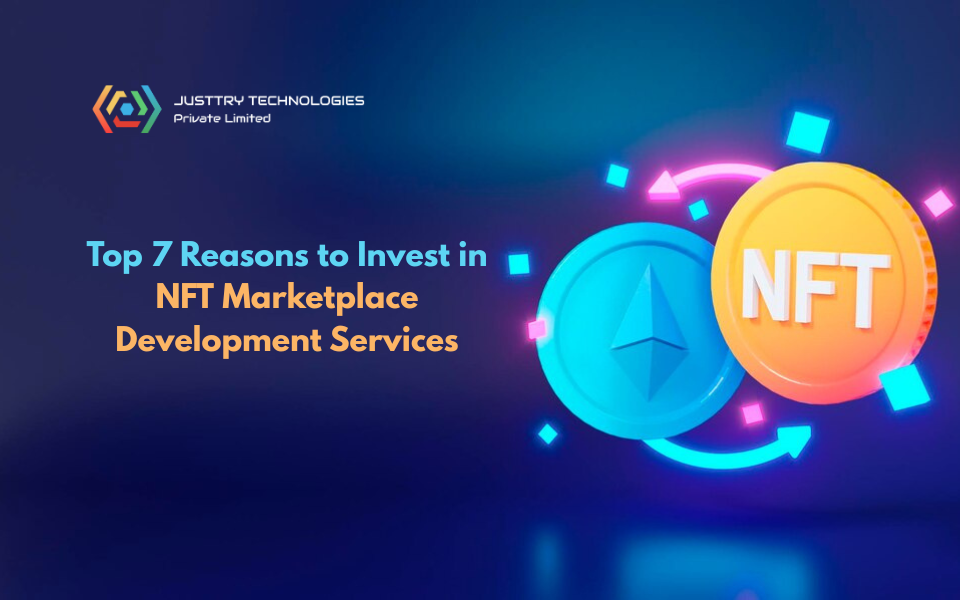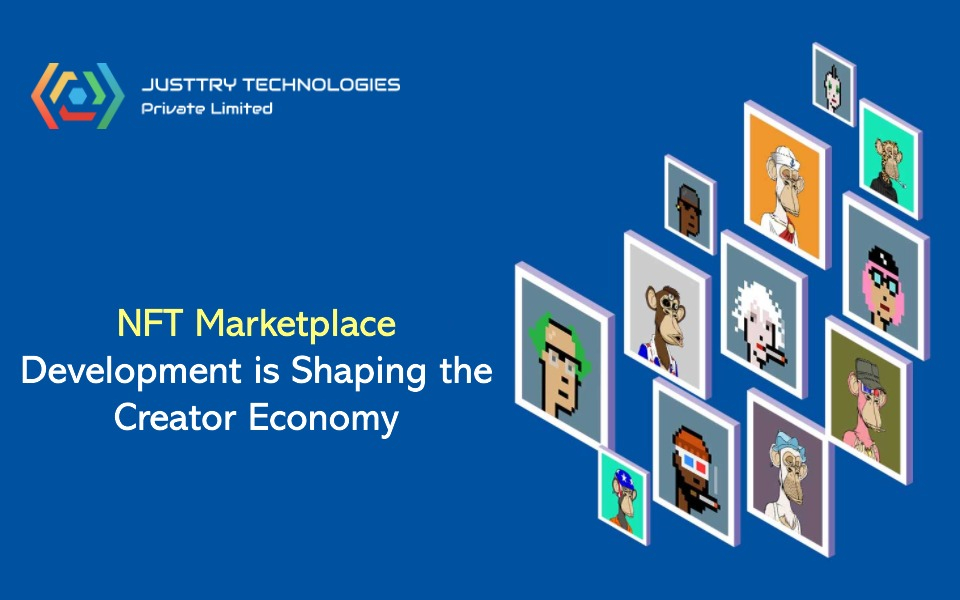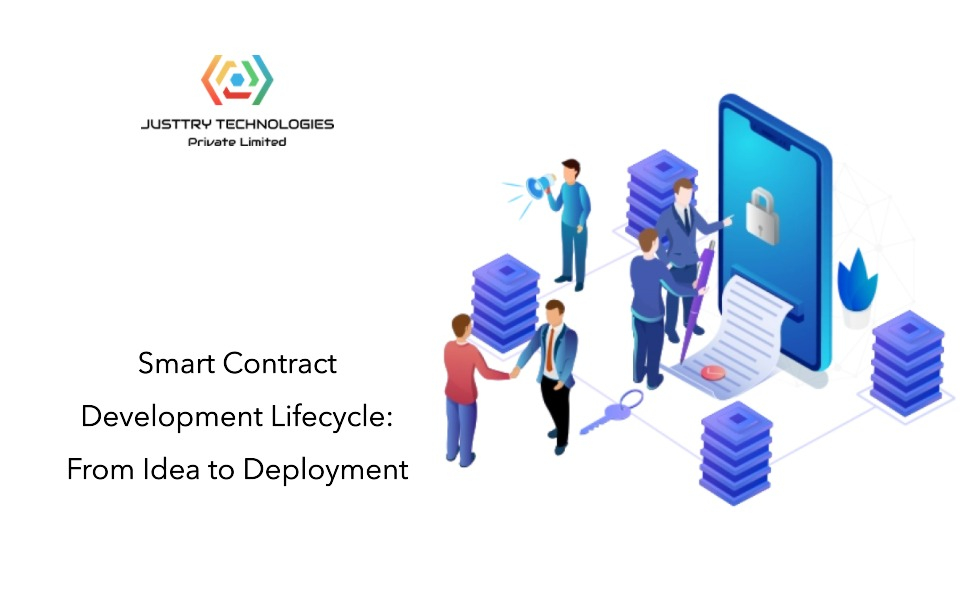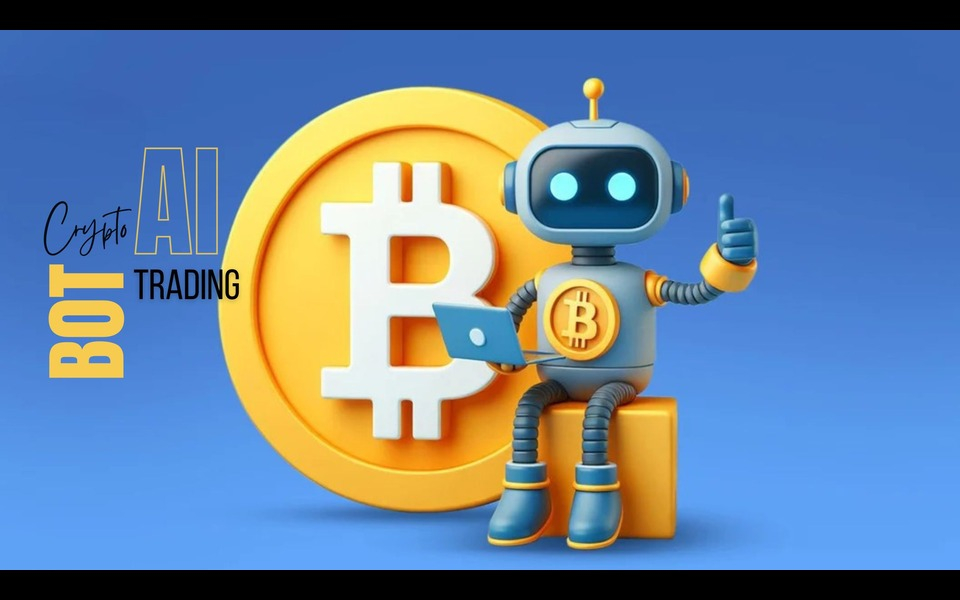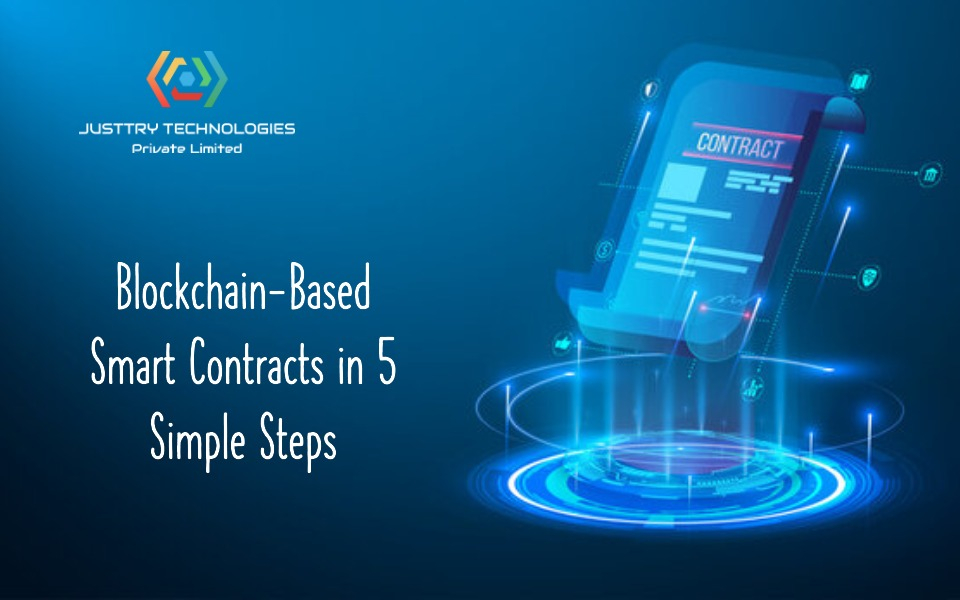In the evolving landscape of finance, the integration of traditional financial instruments with blockchain technology is gaining momentum. One of the most transformative concepts driving this evolution is the emergence of Real World Assets (RWAs) on blockchain platforms. These are tangible and intangible off-chain assets that are represented digitally and managed using decentralized technologies. As the digital and physical financial worlds merge, RWAs are positioned at the forefront of this convergence.
In this blog, we’ll explore the concept of real world assets, how they’re tokenized, their use cases, benefits, risks, and their impact on the future of finance.
What Are Real World Assets (RWAs)?
Real World Assets (RWAs) are physical or traditional financial assets that exist in the non-blockchain world but are represented and managed through digital tokens on a blockchain. These assets can range from:
-
Tangible Assets: Real estate, commodities, art, vehicles, gold.
-
Intangible Assets: Bonds, equities, invoices, intellectual property.
The essence of tokenizing RWAs lies in creating a blockchain-based token that mirrors the value and ownership of the underlying asset. This token can be traded, staked, or used as collateral in decentralized finance (DeFi) applications.
Why Are RWAs Important?
RWAs play a vital role in bridging the divide between traditional finance (TradFi) and decentralized finance (DeFi). Here’s why they matter:
-
Unlocking Liquidity: Many real assets are illiquid and cannot be easily traded. Tokenization enables fractional ownership, allowing broader access to liquidity.
-
Global Accessibility: Investors from any part of the world can invest in tokenized RWAs, eliminating geographical barriers.
-
Transparency and Efficiency: Blockchain offers immutable records and real-time tracking, improving trust and operational efficiency.
-
Composability in DeFi: RWAs can be integrated into DeFi protocols for lending, staking, and other financial services, expanding the utility of both the asset and the platform.
Tokenization of Real World Assets
Tokenization is the process of converting the rights to a real-world asset into a digital token on a blockchain. It involves:
-
Digitization: Representing the asset in digital form.
-
Legal Structure: Ensuring legal enforceability of the token to reflect real ownership.
-
Smart Contracts: Automating transfers, dividend payments, and compliance checks.
-
Custody and Oracles: Holding the physical asset securely and feeding real-world data to the blockchain.
Example:
A real estate property worth $1 million can be tokenized into 1,000,000 tokens. Each token represents a $1 stake in the property. Investors can purchase, sell, or trade these tokens on a blockchain-based platform.
Categories of RWAs
1. Real Estate
Real estate is one of the most commonly tokenized RWAs. Properties can be fractionalized to allow small-scale investors to participate in real estate markets.
2. Commodities
Gold, oil, or agricultural goods can be tokenized and traded 24/7. Gold-backed tokens like PAXG and Tether Gold are popular examples.
3. Equities and Bonds
Traditional securities such as corporate stocks or government bonds can be mirrored as security tokens, offering dividend payments and voting rights.
4. Invoice Financing
Businesses can tokenize receivables or invoices to receive upfront capital while offering investors returns when invoices are paid.
5. Art and Collectibles
Rare art pieces, vintage cars, and luxury watches are now being fractionalized into NFTs (Non-Fungible Tokens), democratizing access to luxury asset classes.
Real World Asset Use Cases
DeFi Lending and Borrowing
RWAs can be used as collateral in decentralized lending protocols. For instance, tokenized invoices or real estate tokens can be used to back loans on platforms like MakerDAO and Centrifuge.
Stablecoins and Reserves
Some stablecoins are backed by tokenized real-world assets like treasury bills, commodities, or short-term corporate debt to maintain their peg.
Crowdfunding and Investment Pools
Tokenized RWAs allow startups or real estate developers to raise funds from global investors without relying on traditional intermediaries.
Supply Chain Finance
Tokenized invoices or inventory can be used to provide working capital in global supply chains, with blockchain ensuring transparency and trust.
Benefits of Tokenized RWAs
1. Fractional Ownership
Investors can own small fractions of high-value assets, lowering entry barriers.
2. Enhanced Liquidity
24/7 trading of tokenized assets can significantly boost liquidity in traditionally illiquid markets.
3. Lower Costs
Elimination of intermediaries reduces transaction fees, legal costs, and settlement times.
4. Programmability
Smart contracts enable automation of compliance, revenue distribution, and governance.
5. Accessibility
Retail investors worldwide gain access to asset classes traditionally limited to institutions or high-net-worth individuals.
Challenges and Risks
Despite the benefits, RWAs face several hurdles:
1. Regulatory Uncertainty
Legal recognition of tokenized assets varies across jurisdictions. Regulatory clarity is still developing.
2. Custody and Legal Ownership
Ensuring that token holders have enforceable legal claims over the underlying assets is complex and jurisdiction-dependent.
3. Valuation and Pricing
Valuing real-world assets accurately and reflecting that in token price is difficult without robust and trusted data sources.
4. Fraud and Misrepresentation
Without proper audits or standards, there’s a risk of underlying assets being overvalued or non-existent.
5. Oracle Reliability
Data from the real world must be fed to the blockchain via oracles. If oracles fail or are compromised, the system can be manipulated.
Leading Projects and Platforms in RWAs
1. Centrifuge
A protocol designed to bring RWAs like invoices and real estate to DeFi. It works closely with MakerDAO to provide collateral for DAI issuance.
2. Maple Finance
Focuses on undercollateralized lending to institutional borrowers using tokenized RWAs.
3. Goldfinch
Offers decentralized credit to real-world businesses in emerging markets using RWA-backed lending.
4. RealT
Specializes in tokenized real estate, allowing users to own fractional shares of properties in the U.S. and earn rental income.
5. Ondo Finance
Provides tokenized access to U.S. treasuries and other real-world securities, especially catering to crypto-native users seeking yield.
Regulatory Outlook on RWAs
Governments and financial regulators are paying close attention to the tokenization of RWAs. While some countries like Switzerland, Singapore, and the UAE are fostering innovation with clear frameworks, others remain cautious.
The U.S. SEC has been particularly active in scrutinizing tokenized securities and classifying many tokens as investment contracts under the Howey Test.
To ensure compliance, platforms often adopt a dual-layered approach:
-
On-chain layer: Smart contracts, tokenization, automated compliance.
-
Off-chain legal layer: SPVs (Special Purpose Vehicles), custodians, legal agreements.
The Future of Real World Assets
RWAs represent a pivotal moment in financial evolution. As the infrastructure matures and regulations become clearer, the market for tokenized RWAs is expected to grow exponentially.
Emerging Trends:
-
Integration with Central Bank Digital Currencies (CBDCs) for smoother settlements.
-
AI-powered asset valuation and risk scoring.
-
Cross-chain RWA marketplaces for better liquidity and interoperability.
-
RWA ETFs and index tokens for diversified investment exposure.
According to Boston Consulting Group (BCG), the tokenization of RWAs could be a $16 trillion opportunity by 2030. From institutional investors to DeFi degens, the interest in RWAs is surging.
Conclusion
Real World Assets (RWAs) are transforming how we perceive ownership, value transfer, and investment. By bridging tangible assets with decentralized systems, they are unlocking new possibilities in both traditional and crypto-native ecosystems.
While the road to mainstream adoption is still under construction, the foundation is solid. With proper regulatory frameworks, robust technological infrastructure, and innovative use cases, RWAs are set to redefine the future of finance — one token at a time.




